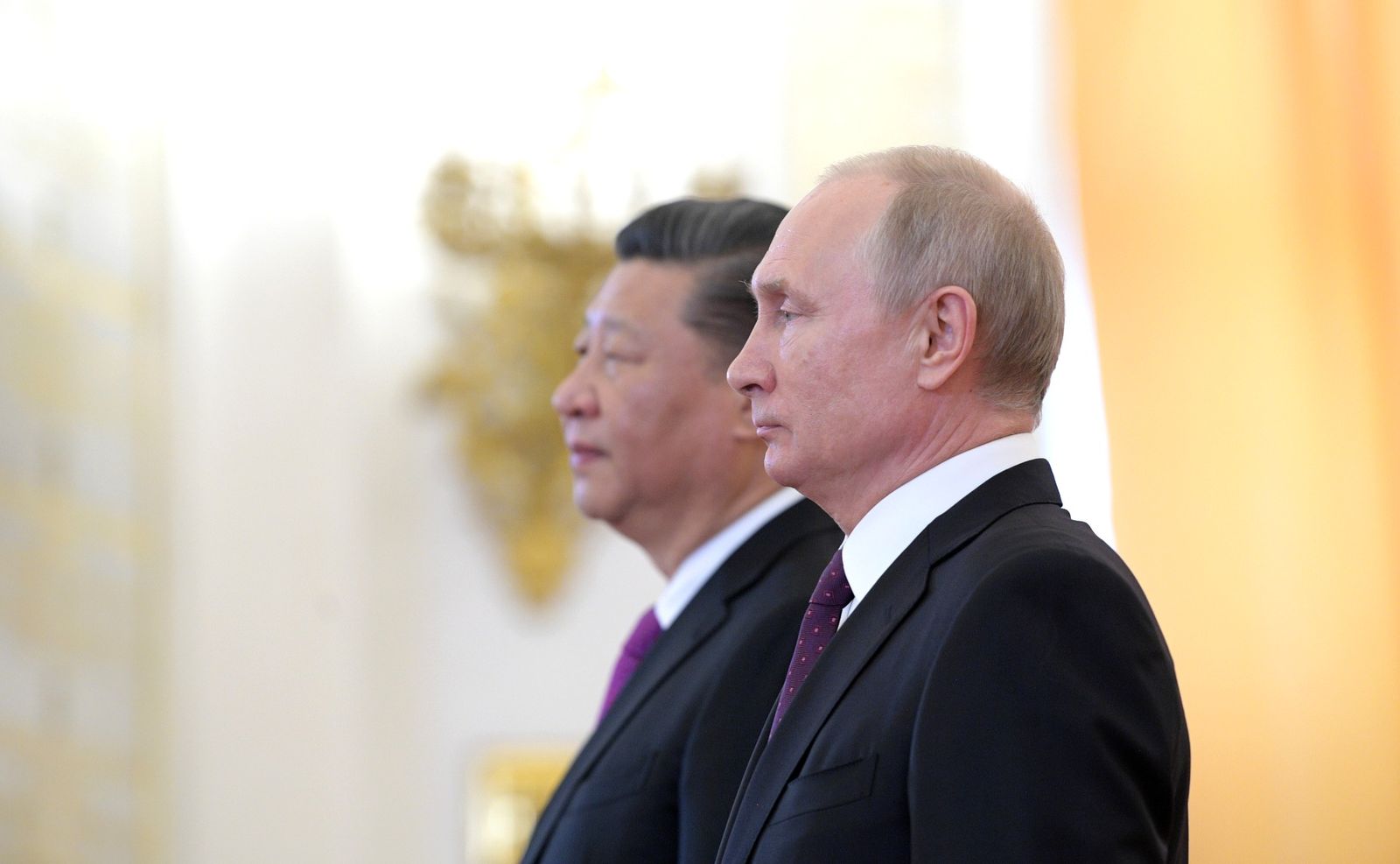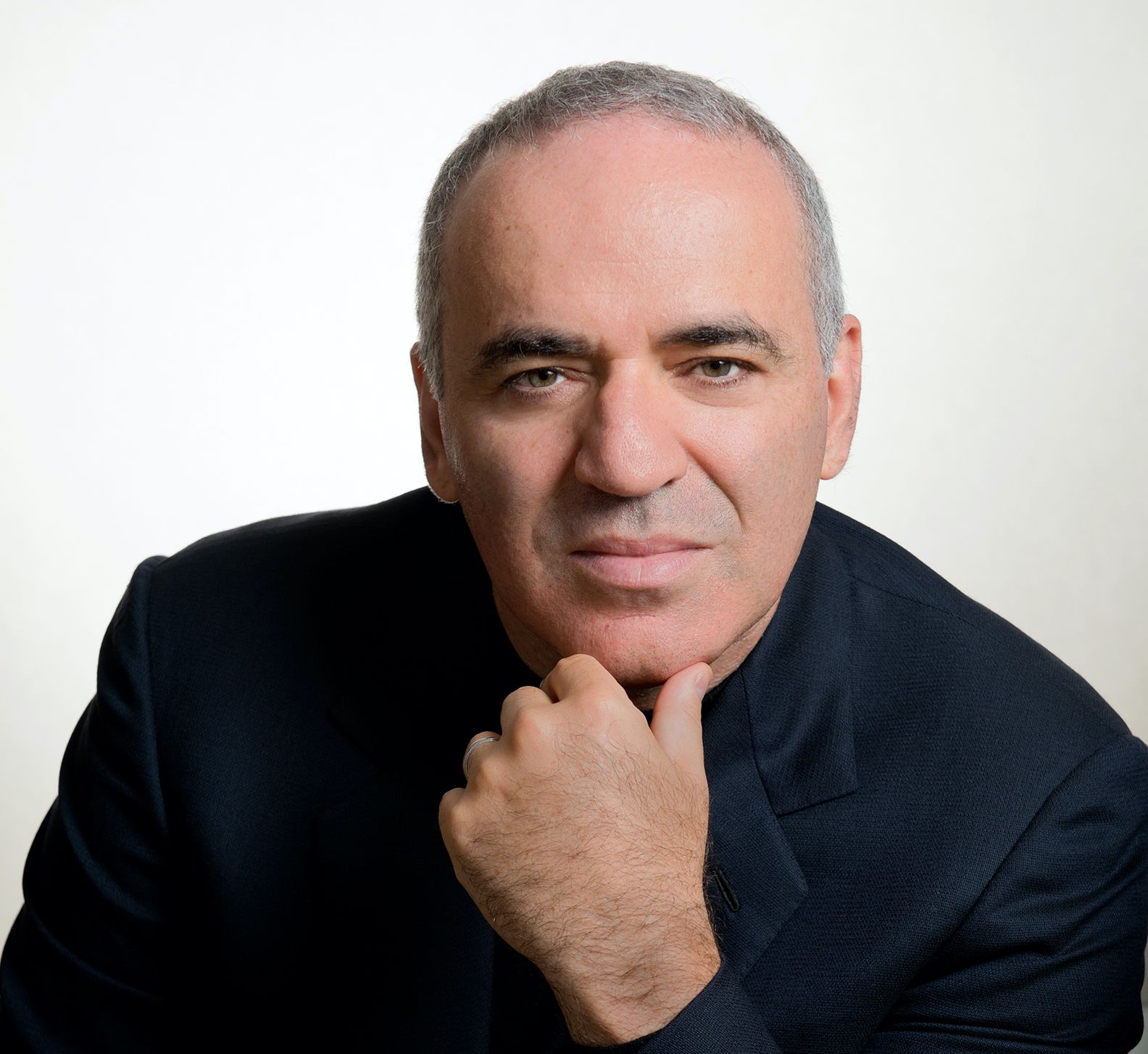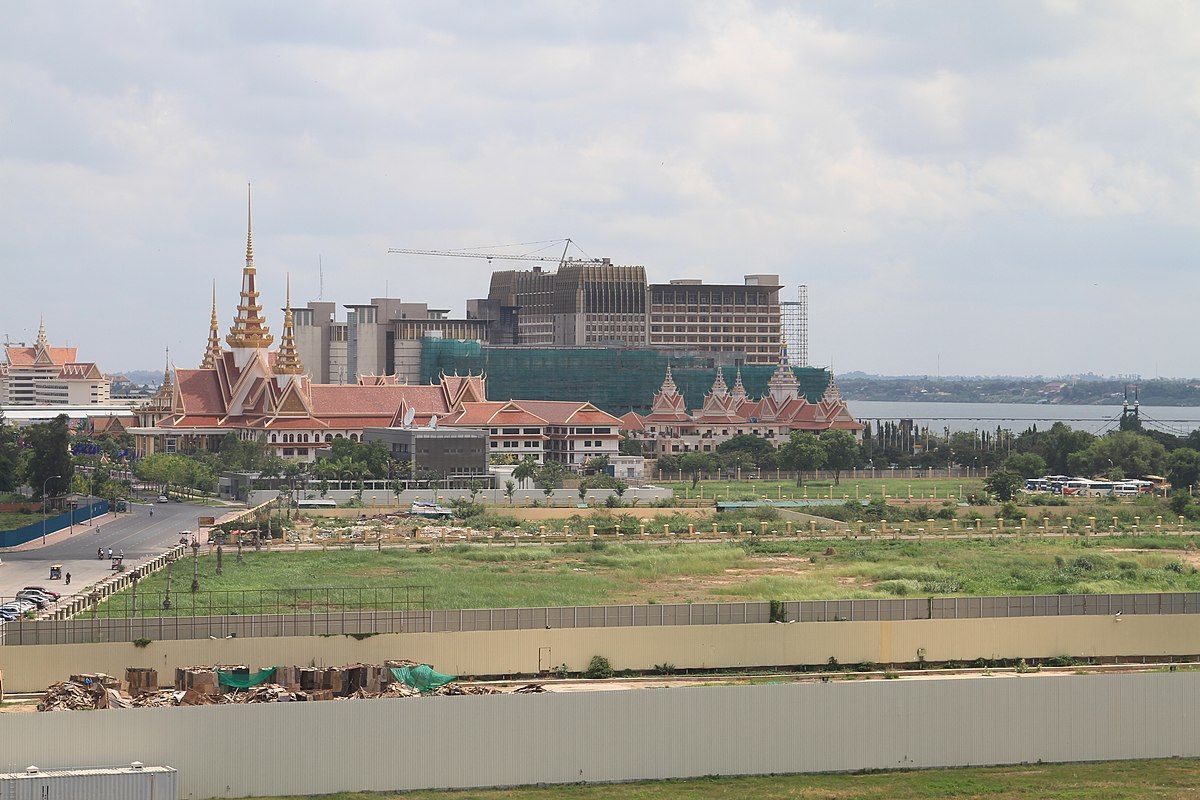Donald Trump has strident—and well-known—views on trade. He has fulfilled campaign promises to renegotiate NAFTA and withdraw from the Trans-Pacific Partnership (TPP), which he called at one point “a continuing rape of our country.” The administration’s trade war against China has made frequent headlines, while Trump seems to be slapping tariffs left and right on products from even American allies.
South of the Rio Grande, however, several Latin American countries have wholeheartedly embraced the concept of free trade. While Mexico, Peru, and Chile helped to pick up the pieces of the TPP to form the Comprehensive and Progressive Agreement for Trans-Pacific Partnership (CPTPP), the three countries, along with Colombia, agreed to form a trade bloc known as the Pacific Alliance in 2011. Since then, the group has survived a number of challenges, including presidential changes in all four countries in a region where power transitions often lead to drastic changes in economic and foreign policy. At the Lima Summit in June 2019, the group reaffirmed its commitment to the principles of free trade.
However, protests in Chile and Peru have highlighted economic discontent associated with the end of a long-lasting commodity boom. Meanwhile, Trump’s presidency has brought ideas of protectionism to the forefront of the international political stage, in an era where the traditional institutions of liberalism—and especially the global trading system—are under siege. These economic and political crosscurrents could easily make the Pacific Alliance the latest in a string of failed attempts to integrate Latin America—or a beacon of integration and free trade in the Western Hemisphere.
The Pacific Alliance is likely to continue its position as the latter, thanks to the generally strong political will within the Alliance and its members’ views that the Alliance will counter damage done by protectionism elsewhere. However, its rise does not necessarily spell benefits for the United States, as it has become a vehicle for Latin American countries to turn away from the “American pond” in the Caribbean and towards the Pacific.
Reaping the “Early Harvests”
Despite largely being under the radar in the American public debate surrounding trade, the Pacific Alliance has actually achieved a fair modicum of success in its short period of existence. Perhaps this is due to the Pacific Alliance’s current small size and pragmatic goals, which have meant that it is taking the route of the tortoise, not the hare, in achieving economic integration. As the Center for Strategic and International Studies described it, this “early harvest” stratagem paid dividends by making incremental progress on nuts-and-bolts issues rather than focusing on grand designs of regional integration that were likely to fail.
Nonetheless, it has proceeded with reforms at a fairly rapid clip. In the year after its founding in April 2011, it held four presidential summits, which served to summarize progress made and articulate clear policy recommendations. In that year, it created the institutions that would drive all future actions, established the baseline for an integrated stock market among the countries, organized joint trade missions to Asian partners, and inaugurated an organization for police and customs cooperation. Moreover, Mexico liberalized its visa policies towards Colombian and Peruvian nationals to enable freedom of movement.
In 2014, the four countries made progress on tariffs, agreeing to eliminate 92 percent of tariffs on intra-Alliance trade and create a timetable for the elimination of the other eight percent while loosening the bloc’s cumulative rules of origin, which helps to stimulate trade. The Alliance also finally integrated the Mexican stock exchange into its integrated stock markets, while the four parties also announced measures to improve support for small and medium businesses and scholarship initiatives to further educational collaboration.
The next few summits made less progress on the economic playing field and more on the political one as the Alliance reaffirmed its commitments in the wake of global political events such as the election of Donald Trump and Brexit. In 2016, Chile explicitly called out the isolationism inherent in Brexit and reaffirmed its own commitment to globalism as the bloc sought closer ties with the European Union, while the financial side saw the advent of new rules designed to give pension funds more access to the whole Alliance market and encourage infrastructure spending. In 2017 and 2018, the Alliance made progress in instituting a common regional framework to fight climate change, initializing negotiations with Mercosur, a trade bloc composed of Argentina, Brazil, Paraguay, and Uruguay, improving its relations with Asian countries, and rebuking President Trump’s protectionism.
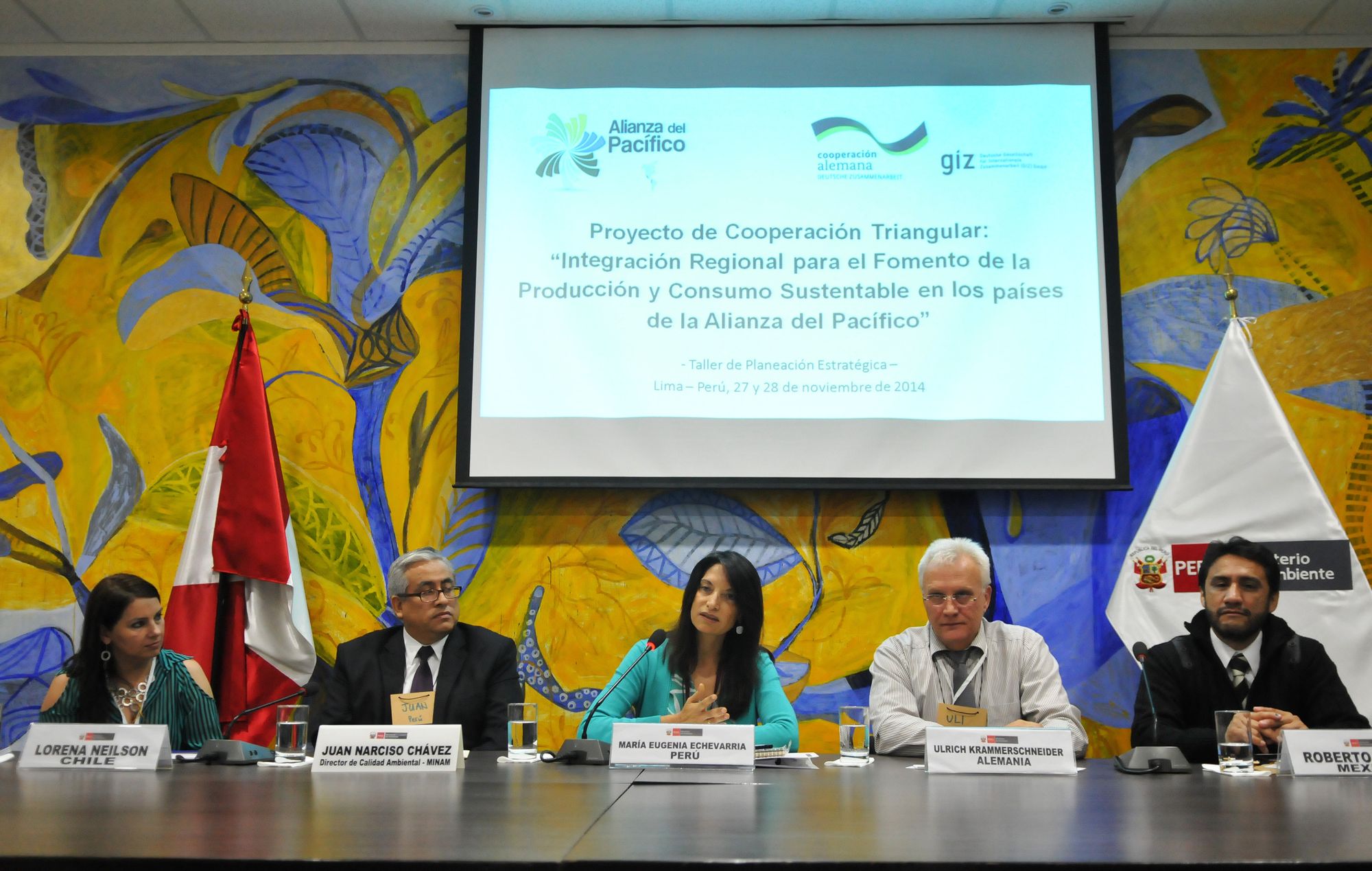
At its most recent summit in Lima, the Alliance launched a flurry of new activity in both arenas. It signed declarations of cooperation with Japan, the Eurasian Economic Union, and the Organization for Economic Cooperation and Development, launched negotiations to upgrade Ecuador to full membership, and pledged to deal with plastic waste more sustainably. At the Lima Summit, the future for the Alliance looked bright, yet the Alliance would soon face challenges that struck much closer to home than Trump.
Challenges from the Rio Grande to the Rio Mapocho
Those challenges came in the form of protests that racked the region in the latter half of 2019. In Chile, a subway fare increase in Santiago caused long-simmering student discontent over the country’s privatized and expensive system of higher education to bubble over. Since then, the protests have revealed other economic gripes surrounding the end of the commodity boom, such as rising inequality, underfunded pension systems, and disparate access to health care.
At the same time, Peruvian president Martin Vizcarra’s move to dissolve Congress in order to more effectively fight corruption sparked a political crisis. Although it soon ended, it had political ramifications: the previous two presidents who had fought for the Alliance, Ollanta Humala and Pedro Pablo Kuczynski, found themselves under lock and key, accused of corruption, while Alan Garcia, the man who spearheaded the Alliance, took his own life rather than face charges.
Chile’s case especially illustrates the biggest challenge that the Pacific Alliance must face as it enters the new decade: the economic stagnation as the commodities boom of the early 2010s fades and the discontent that has accompanied, and will accompany, that stagnation. Ever since China’s rapid growth started to slow, it has taken Latin American economies, too dependent on resource exports to the Asian economic giant, down with it. In fact, Latin America has the lowest growth rate of any region in the world.
As a result, policymakers in the region have found themselves in a double bind: either extend Keynesian policies to ease their citizens’ suffering yet draw the ire of international institutions like the International Monetary Fund, or impose IMF-backed austerity measures and suffer defeat at the ballot box. Although the members of the Pacific Alliance have the highest growth rates in the region and the best ability to recover, they have not been immune from the waves of protest that some have called the “Latin Spring.” Unfortunately, the Financial Times has indicated that these protests are likely to continue throughout 2020 as the region continues to confront poor economic growth and entrenched inequality.
The trade war between the United States and China has also negatively impacted Latin America. Chile was “caught in the middle,” its Minister of Finance Felipe Larraín told the Financial Times. “Although our country has the widest web of free trade agreements in the world . . . we have had a very tough first half” of 2019, he said. And since trade wars have no winners, a continued slowdown in the economies of both the United States and China would spell problems for the Alliance, whose exports largely go to the two warring countries. Likewise, the newly-ratified US-Mexico-Canada Agreement (USMCA) stands poised to hurt Mexico. With new rules that would effectively increase the minimum wage of Mexican autoworkers to US$16 an hour, economists have warned that many automakers would move production to Asian countries like Vietnam or the Philippines with lower wages, standing to hurt Mexican exports.
In the current day and age, maintaining the support of the four member countries might also prove challenging. Although the Alliance has survived power transitions in Peru and Colombia, and even a shift from right- to left-leaning presidents in Chile, maintaining Mexican support presented a challenge after the election of Andrés Manuel López Obrador, a self-proclaimed left-wing populist. Although he ruffled feathers when he did not attend the Lima Summit, sending instead his Ministers of Economics and Foreign Affairs, the Alliance fits perfectly within his stated policy goals of increasing trade with other Latin American nations, opening up to China and Asian markets more generally, and with diversifying its export markets away from the United States. In short, while López Obrador has not been as strident of a champion as his predecessor, enough political will in Mexico exists to keep it.
Looking to the Pacific and the Atlantic
Of course, the three other Pacific Alliance countries share those policy goals and represent the three main opportunities for the Pacific Alliance. First and foremost, it stands to increase connectivity and integration among Latin American countries. As Trump excoriated NAFTA and threatened to totally dissolve it, the three other full members publicly stood with Mexico against the threat. The bloc allowed Mexico to reduce the uncertainty surrounding the NAFTA renegotiation since it offers the country a new market for its goods; it should also reduce uncertainty surrounding the implementation of the new USMCA. Although the rules surrounding cumulative countries of origin certainly benefit Mexico, other rules surrounding investments in infrastructure and pension funds, to name a few, can certainly benefit the three other countries as well. More broadly, the Pacific Alliance fits in with broader Latin American desires to reduce dependence on export markets in the United States.
There is also further potential for integration. The Pacific Alliance has repeatedly reached out to Mercosur, arguing that the Pacific Alliance can serve as Mercosur’s bridge to Asia. Integration with Mercosur would pose substantial benefits, almost doubling the size of the free trade bloc, allowing for more complicated value chains, and furthering Latin American integration, although the political feasibility of that integration remains in doubt. Additionally, the members of the alliance have indicated that Ecuador will likely join the Alliance later this year, expanding the economic potential of the alliance’s expansion.
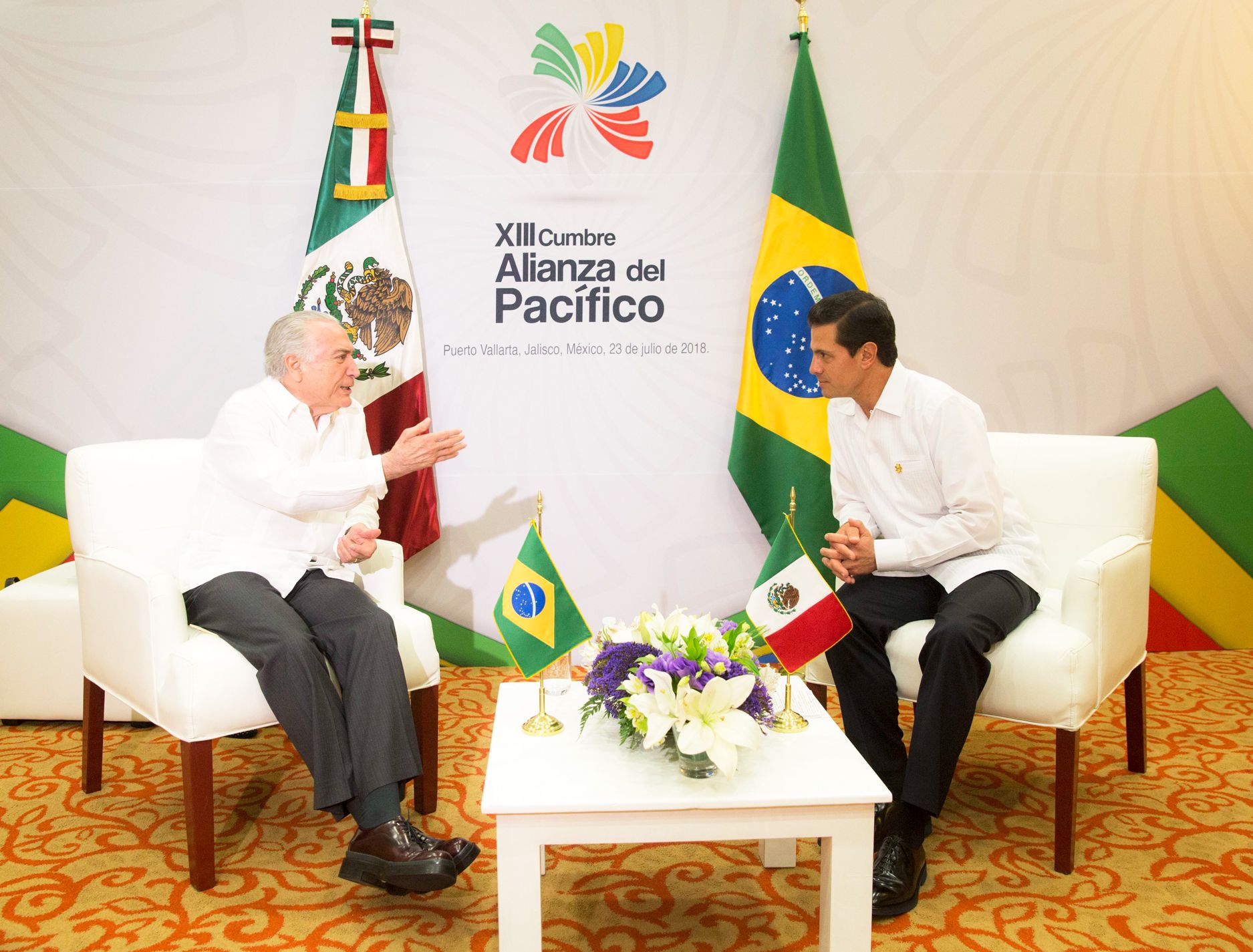
But the Pacific Alliance is not just an inter-American project, as it noted in its entreaties to Mercosur, and one of the alliance’s original goals was to improve relations with Asia and the Pacific, as its name indicates. China is vastly increasing its presence in Latin America and has already inked free trade agreements with Peru and Chile on their own. In a sign of Chinese support, Xinhua, the Chinese state-run news agency, hailed the alliance’s goals of further integration with Asian markets and the Chinese market more specifically.
Beyond the obvious potential of trade relations with China, the Alliance admitted Singapore, Australia, and New Zealand as associate members in 2017, indicating its seriousness at improving trade relations in the broader Pacific region. All three have signaled their desire to deepen relations with the bloc: Singapore sees itself as a bridge between Southeast Asia and Latin America, while the bloc has entered into negotiations with Australia to establish a free trade agreement. Bloc-to-bloc negotiations also look promising, as the Pacific Alliance and the Association of Southeast Asian Nations (ASEAN) have explored cooperation in matters such as ecommerce, sustainable development, and small businesses, beyond the usual trade discussions. However, the bloc still needs to look towards clarifying the status of associate members and implementing the policy recommendations that emerge from these discussions.
Even though the alliance has primarily looked to the Pacific, it has also found itself strengthening connections with Europe. The European Union and the Pacific Alliance share goals of economic integration and multilateralism, which has provided a solid foundation for talks between the two groups. In September 2019, the two blocs signed a memorandum of understanding, with discussions ensuing on topics similar to those being discussed with ASEAN. On the state level, Germany and Spain, among others, have hailed the Alliance, viewing their observer status in the Alliance and the close relations between the Alliance and the European Union as beneficial to developing trade ties with Asia.
Growing the “Thinking Man’s Axis”
Overall, the future of the Pacific Alliance looks strong. Even though it still has a long way to go in terms of increasing trade between its member states, the Pacific Alliance has maintained enough political will in its member countries to continue progress, partly because of the countries’ like-minded political cultures and partly because the pragmatic approach to integration means there is less opportunity for disagreement over hot-button political issues. Indeed, that nuts-and-bolts approach gives it plenty of opportunity to make progress on financial issues that international experts have identified as key areas of concern.
Viewing the Pacific Alliance solely as a free trade area also misses the point. Indeed, the Alliance exists partially to brand its members as open for investment, ready to look towards the Pacific region, and champions of the ideas of liberalization, globalization, and integration. It has certainly succeeded on that point, especially given its further opportunities for growth in the Asia-Pacific region and its frequent denunciations of protectionism a la Trump. As The Atlantic trumpeted in a 2014 headline, the Alliance is the “most important alliance you’ve never heard of.” Given the Alliance’s focus on increasing collaboration and connections with Asia, Latin America’s longstanding relationships between the United States, and the potential for increased integration with Europe, the Alliance has the perfect opportunity to become a bridge linking all three economies—under a U.S. administration dedicated to promoting free trade.
And while the rise of populism and protectionism may challenge other institutions, the Pacific Alliance views those challenges as opportunities to advance its own vision for economic integration and continued economic cooperation. As Peru’s former president Kuczynski told the Wall Street Journal, “We set out to create the Pacific Alliance because we wanted to set ourselves apart from the populists … We wanted a thinking man's axis.” And in order to survive the coming decade, it must think deeply about its future—and act on that promise.
Cover photo: Presidency of Mexico.


